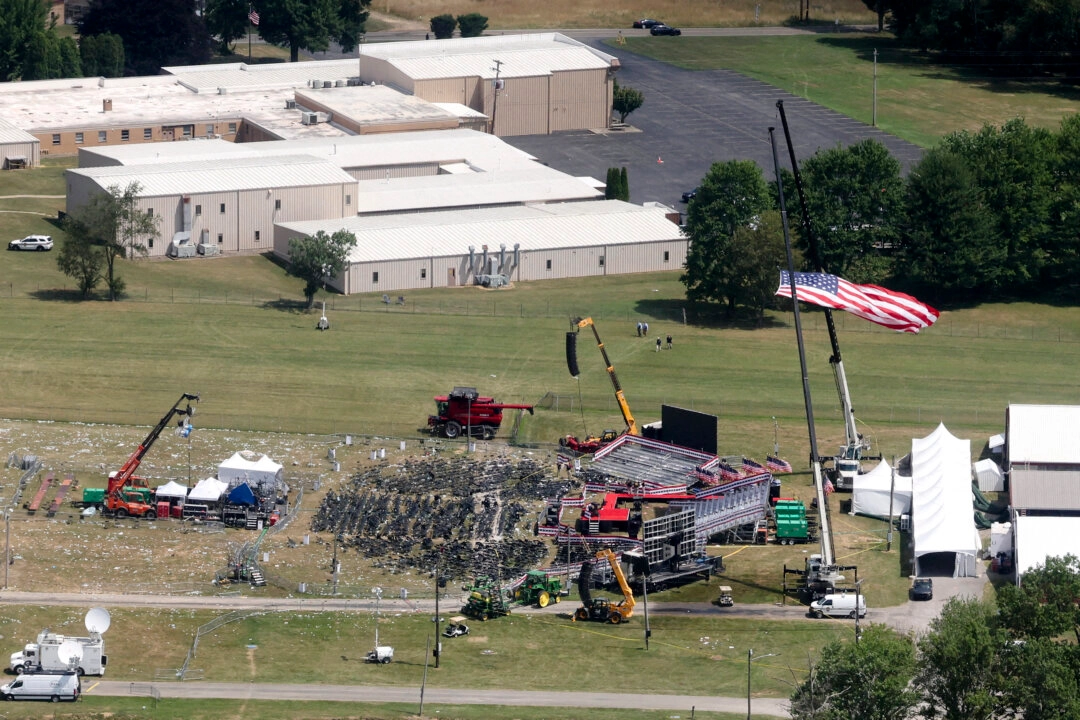In a recent controversy surrounding the assassination attempt on former President Donald Trump, local officials in Butler, Pennsylvania, have disputed the testimony provided by the U.S. Secret Service’s acting director. The incident occurred on July 14, 2024, during a Trump rally when Thomas Crooks fired shots at the former president, resulting in injuries and the tragic death of a firefighter.
Detective Patrick Young, head of the Beaver County Emergency Services Unit, clarified that snipers were positioned in such a way that they could not have seen the shooter. “Our people were on the far-right side of the AGR building. Their views couldn’t have seen Crooks without leaning out the window,” Young told CNN. The assertion contradicts Secret Service Acting Director Ronald Rowe Jr.’s testimony before U.S. Senate committees, where he claimed that snipers could have seen Crooks if they had looked in a certain direction.
The snipers, stationed in a second-story room, were tasked with covertly observing individuals before and after passing through a security checkpoint, rather than monitoring rooftops or other external areas. According to Beaver County District Attorney Nate Bible, the snipers were positioned a few feet back from the window, concealed behind screens to maintain their covert status.
Rowe expressed his dismay over the security oversight, stating, “I cannot understand why there was not better coverage or at least somebody looking at that roofline when that’s where they were posted.” However, local officials contend that the snipers’ instructions and positioning made it impossible for them to see Crooks on the rooftop from which he fired.
The Secret Service has not responded to these recent statements, leaving questions about the coordination and communication between federal and local agencies. As the investigation continues, the need for clarity and accountability in security protocols remains paramount.


